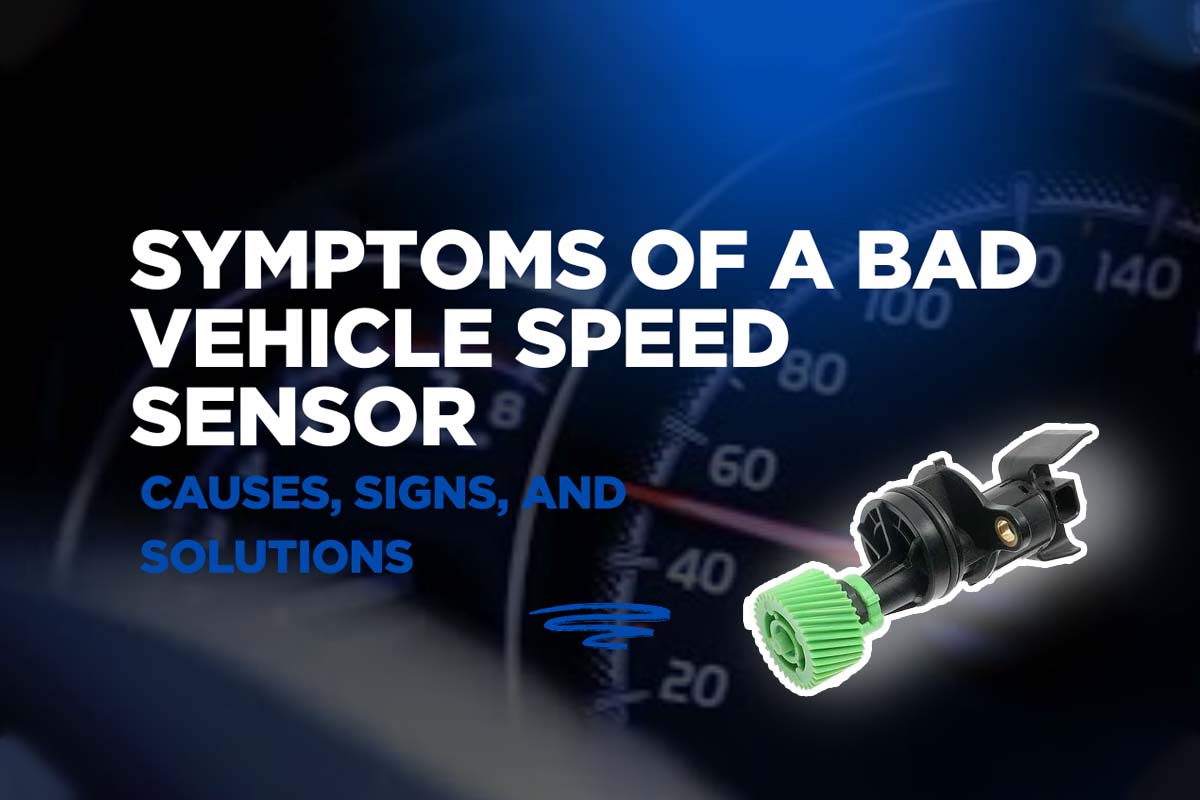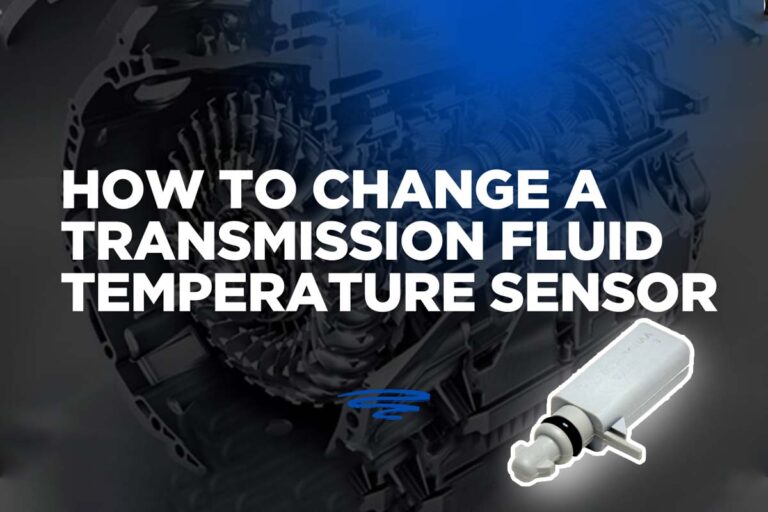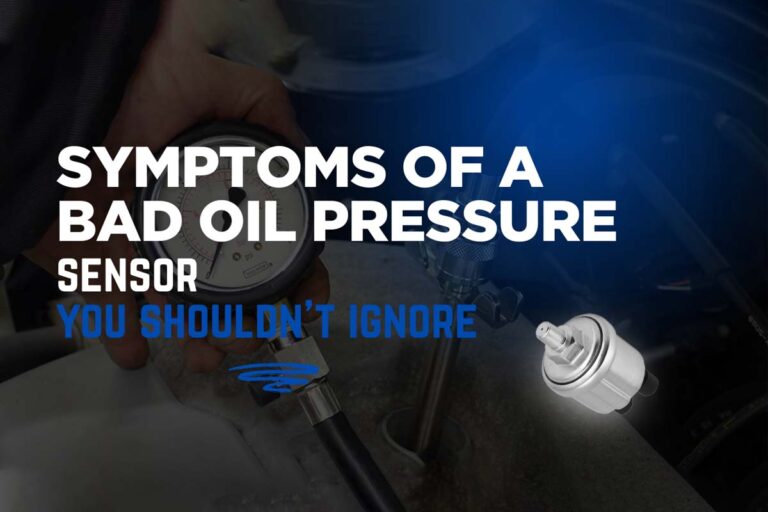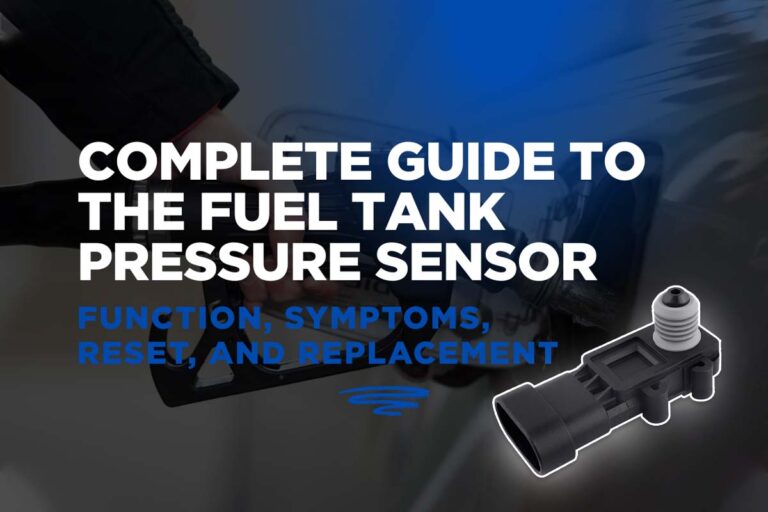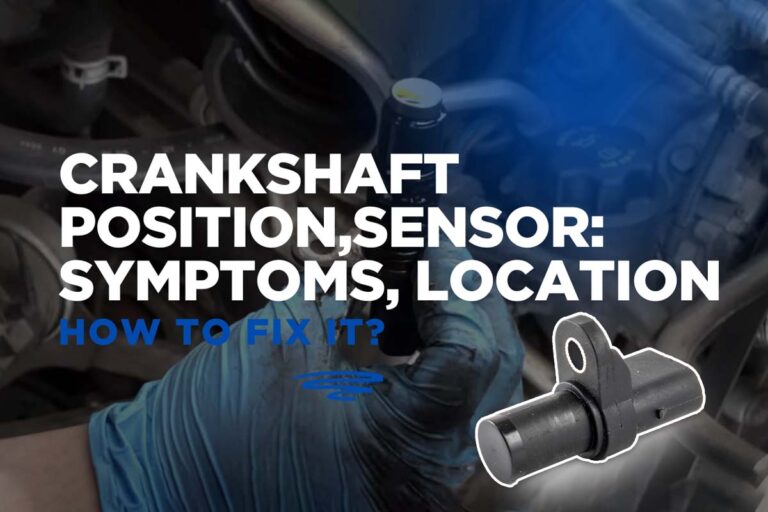Symptoms of a Bad Vehicle Speed Sensor: Causes, Signs, and Solutions
A vehicle’s speed sensor, also known as the transmission speed sensor or wheel speed sensor, is an essential component of the vehicle’s systems. The primary role of the speed sensor is to measure the rotation of a sprocket or axle within the transmission. This data is crucial for a variety of systems in your car, including the speedometer, transmission, ABS, and cruise control. When this sensor malfunctions, it can lead to inaccurate readings, poor vehicle performance, and potential safety risks. This article will explain the symptoms of a bad speed sensor, common causes of failure, how to diagnose the issue, and steps to fix it.
What is a Vehicle Speed Sensor?
The vehicle speed sensor is a compact unit that is typically located on the vehicle’s transmission or wheel hub. The sensor tracks the rotational speed of a sprocket on the axle and sends this data to various vehicle systems. These systems, such as the speedometer, cruise control, ABS, and transmission control module, rely on accurate speed data to operate effectively.
When the sensor begins to fail, these systems may start to malfunction, resulting in poor driving performance and safety concerns. Therefore, understanding the symptoms of a bad vehicle speed sensor is essential to address the issue promptly.
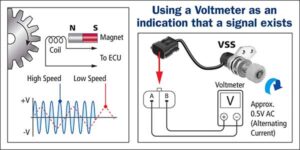
Common Causes of a Bad Vehicle Speed Sensor
Several factors can contribute to the malfunction of a speed sensor. Understanding these common causes can help you take the necessary steps to address the issue before it becomes more serious.
Internal Failure
Like many other vehicle components, the speed sensor is subject to wear and tear over time. Heat, vibration, and constant use can cause the internal components of the sensor to degrade. When this happens, the sensor can begin to send incorrect or no data to the vehicle’s control systems. Replacing the faulty sensor is typically the most effective solution, as repairing the internal components is not recommended due to the complexity and sensitivity of the electronics.
Wiring Issues
The speed sensor relies on wiring to transmit data to the vehicle’s engine control unit (ECU) and other systems. Over time, the wiring can become damaged or corroded, disrupting the signal transmission. In such cases, inspecting the wiring for visible damage, corrosion, or loose connections is crucial. If any wiring issues are found, the affected wires may need to be cleaned, repaired, or replaced.
Debris Buildup
Dirt, grime, metal shavings, or other debris can accumulate around the sensor, interfering with its ability to read wheel speed accurately. In many cases, a simple cleaning can resolve the issue. However, it’s important to use non-abrasive methods, such as compressed air or a mild cleaning solution, to avoid damaging the sensor.
Faulty ABS Ring
Certain speed sensors rely on a toothed ABS ring located on the wheel hub to generate signals. If the ABS ring becomes damaged, excessively worn, or misaligned, it can disrupt the sensor’s ability to detect wheel speed properly. Depending on the severity of the damage, the ABS ring may need to be cleaned, repaired, or replaced. A professional mechanic should perform the diagnosis to determine the appropriate solution.
Loose Connections
A loose connection between the sensor and the wiring harness can also lead to sensor malfunction. This is less common but still a potential cause of issues. A mechanic can inspect the connection to ensure it is secure and properly seated. If necessary, the connection can be tightened or repaired.
Vehicle-Specific Issues
Different vehicle makes and models use different types of sensors and systems, so a malfunctioning speed sensor might have varying causes depending on the vehicle. It’s crucial to consult the vehicle’s repair manual or seek professional help for specific troubleshooting steps related to your vehicle.
Symptoms of a Failing Speed Sensor
Recognizing the signs of a failing speed sensor is critical to maintaining vehicle safety and performance. Below are the most common symptoms that may indicate a problem with the vehicle’s speed sensor.
Erratic Speedometer Readings
One of the first and most noticeable symptoms of a faulty speed sensor is erratic speedometer readings. If your speedometer fluctuates wildly, shows inconsistent readings, or fails to reflect the actual speed of your vehicle, the speed sensor may be malfunctioning. This is a clear sign that the sensor is not providing accurate data, which can be dangerous if left unaddressed.
Hesitation When Accelerating
A vehicle that hesitates or stutters when accelerating could be experiencing issues with the speed sensor. Since the sensor provides data to the ECU to regulate fuel injection and engine power, any issues with the sensor may impair acceleration. While this symptom can also be caused by other engine-related issues, it is an important sign that warrants further investigation of the speed sensor.
Difficulty Overtaking
When overtaking other vehicles, a faulty speed sensor can lead to a noticeable loss of power. This happens because the sensor affects the ECU’s ability to regulate fuel injection, preventing the vehicle from delivering the necessary burst of speed needed for overtaking. If you frequently experience power loss while attempting to overtake, the speed sensor should be checked.
Illuminated Check Engine Light
The check engine light is a broad warning that something is wrong with your vehicle. While the cause could be related to various components, a faulty speed sensor is one potential culprit. A diagnostic test can help pinpoint whether the check engine light is triggered by a malfunctioning speed sensor or another issue. If the speed sensor is found to be the cause, replacing it will resolve the problem.
Deceleration at Idle
If your vehicle begins to decelerate on its own while idling, it could signal an issue with the speed sensor. This could occur when the sensor fails to provide accurate data, affecting the vehicle’s idle speed control. A malfunctioning speed sensor may cause the car to lose speed or even stall at idle, which can be concerning when driving in traffic.
Malfunctioning Cruise Control
Cruise control systems rely on accurate speed data to maintain a consistent speed. When the speed sensor malfunctions, the cruise control system may fail to engage, disengage prematurely, or struggle to maintain the set speed. This issue can be annoying and potentially dangerous, especially on highways.
ABS Warning Light Activation
The ABS system uses wheel speed data to prevent wheel lockup during hard braking. A faulty speed sensor can send inaccurate data to the ABS module, triggering the ABS warning light. While this doesn’t necessarily indicate an issue with the ABS system itself, it does suggest a problem with the speed sensor feeding incorrect data.
Transmission Shifting Issues
Modern automatic transmissions rely on data from the speed sensor to determine when to shift gears. A malfunctioning sensor can confuse the transmission control module, leading to delayed or harsh shifts, erratic shifting patterns, or even the transmission going into limp mode to prevent further damage. If the transmission seems to struggle with shifting or goes into limp mode, the speed sensor could be to blame.
Diagnosing and Fixing a Faulty Speed Sensor
If you experience any of the symptoms mentioned above, it’s essential to diagnose and address the issue as soon as possible. Here are the steps to take when dealing with a bad speed sensor.
Inspect the Wiring and Connections
Start by inspecting the wiring around the speed sensor. Look for any visible signs of damage, corrosion, or loose connections. If you find any issues, these may need to be repaired or replaced. Ensure that all connections are secure and intact to prevent further problems.
Clean the Sensor
Sometimes, dirt or debris can accumulate around the speed sensor, affecting its performance. Clean the sensor gently using a brush or compressed air. Be sure to avoid using harsh chemicals that could damage the sensor.
Replace the Speed Sensor
If cleaning and securing the wiring don’t resolve the issue, it’s likely that the sensor itself needs to be replaced. Speed sensors are generally not repairable, so replacing the faulty sensor is usually the best option. Consult a mechanic for assistance with replacing the sensor, especially if you’re not familiar with the procedure.
Consult a Professional Mechanic
Since diagnosing and replacing a speed sensor can be complex, it’s recommended to consult a professional mechanic if you’re unsure about performing these tasks yourself. A qualified mechanic can accurately diagnose the problem and recommend the best course of action.
Conclusion
The vehicle speed sensor plays an essential role in the safe and effective functioning of various vehicle systems. If the sensor begins to fail, it can cause a range of symptoms that impact performance, safety, and drivability. Recognizing the signs of a malfunctioning speed sensor early can help you avoid costly repairs and ensure your vehicle remains in top condition.
If you experience any of the symptoms outlined in this article, it’s important to take action as soon as possible. Whether it’s cleaning the sensor, securing the wiring, or replacing the sensor, addressing the issue promptly will ensure your vehicle’s systems work as intended, keeping you and your passengers safe on the road.
